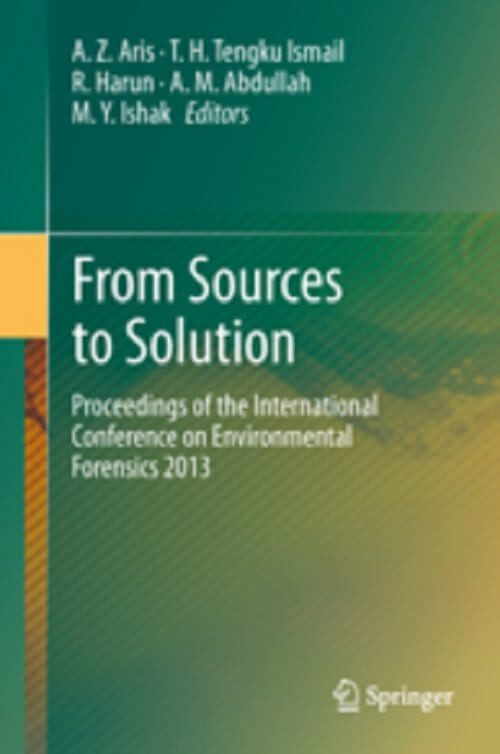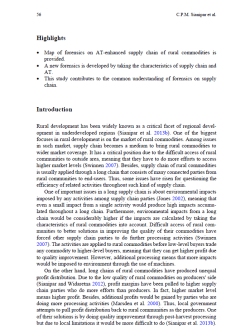
Environmental forensics on Appropriate-Technology-enhanced supply chain of rural commodities
2014 • C.P.M. Sianipar, G. Yudoko and K. Dowaki
Abstract. Rural commodities have become important in any kind of rural development. Considering the common difficulties happen in rural areas, and by looking at common uneven distribution of profit margin in many long supply chains of rural commodities, rural governance have begun to apply Appropriate Technology (AT) to pull such distribution back to rural communities as the producers of rural commodities. Such applications become more interesting in term of environmental forensics. Due to the different characteristics between environmental forensics on supply chain and AT, this study aims to integrate such characteristics into a single map of forensics. Characteristics of each kind of forensics are completely taken to deliver a holistic framework. Previous approaches in each forensics are explored to discover the potential integration. Based on such exploration, the cross-sections between forensics are carefully explained to avoid inaccuracy of assessment. The result provides an integrated framework to assess environmental impacts imposed both through supply chain and AT. By looking at previous researches, this study significantly contributes to the common understanding of environmental forensics on supply chain. Then, this study will be expanded by including cost-based approach to evaluate the unit emission per unit distributed value added throughout a supply chain due to AT application.
DOI: 10.1007/978-981-4560-70-2_11
Citation Styles
MLA Style Manual (Modern Language Association)
- Sianipar, Corinthias P. M., Gatot Yudoko, and Kiyoshi Dowaki. “Environmental forensics on Appropriate-Technology-enhanced supply chain of rural commodities.” From Sources to Solution. Singapore: Springer, 2014. 55-60.
APA Citation Format
- Sianipar, C. P. M., Yudoko, G., & Dowaki, K. (2014). Environmental forensics on Appropriate-Technology-enhanced supply chain of rural commodities. In From Sources to Solution (pp. 55-60). Singapore: Springer.
CMOS (Chicago Manual of Style)
- Sianipar, Corinthias P. M., Gatot Yudoko, and Kiyoshi Dowaki. “Environmental forensics on Appropriate-Technology-enhanced supply chain of rural commodities.” In From Sources to Solution, pp. 55-60. Singapore: Springer, 2014.


